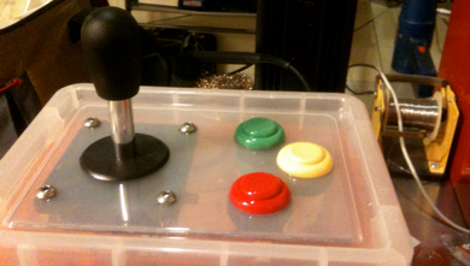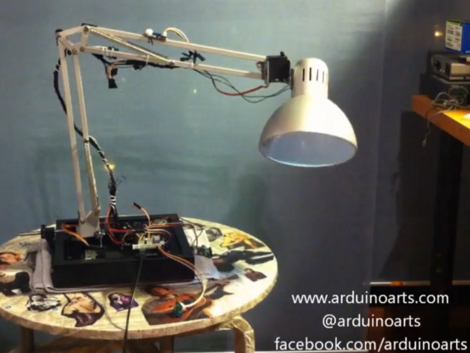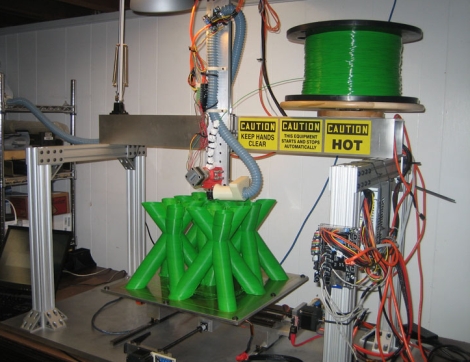

You probably weren’t expecting a project based on [Nikola Tesla’s] work to show up during the Engine Hacks theme. Most people know of him because of his pioneering work with high voltage equipment. Never the less, [Tesla] designed a device that later became known as the Tesla Turbine. Tesla turbines are made out of a series of thin disks attached to a central rotor. Air or steam is injected into the closed turbine housing at the outer edge of the disks. It swirls around through the turbine blades and eventually exits near the rotor. This type of turbine can achieve very high rotational speeds but doesn’t have a lot of torque, which limits their usefulness. Check out this instructable that shows you how to build your own Tesla turbine out of hard drive platters.
We have featured a Tesla turbine in the past on Hackaday. In this previous post, [Rick] shows us how to carve a pumpkin with a skill saw blade that is powered by one of these turbines.
















